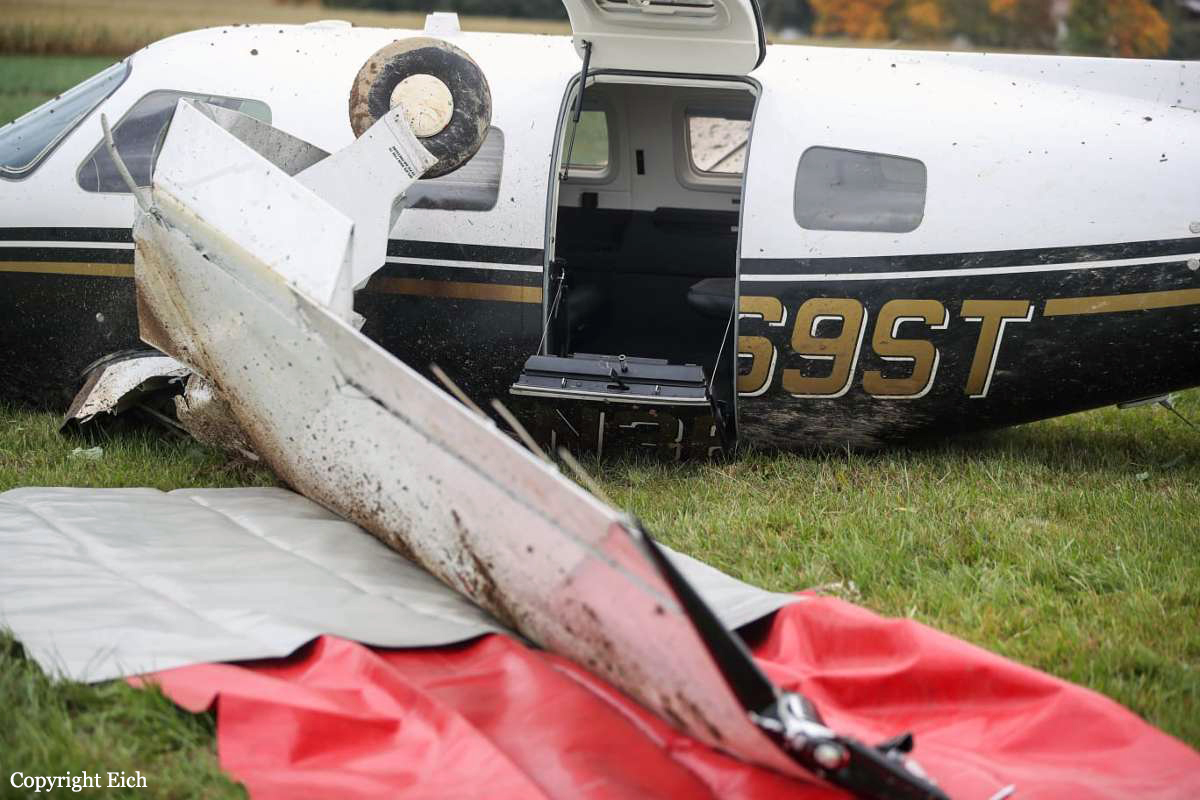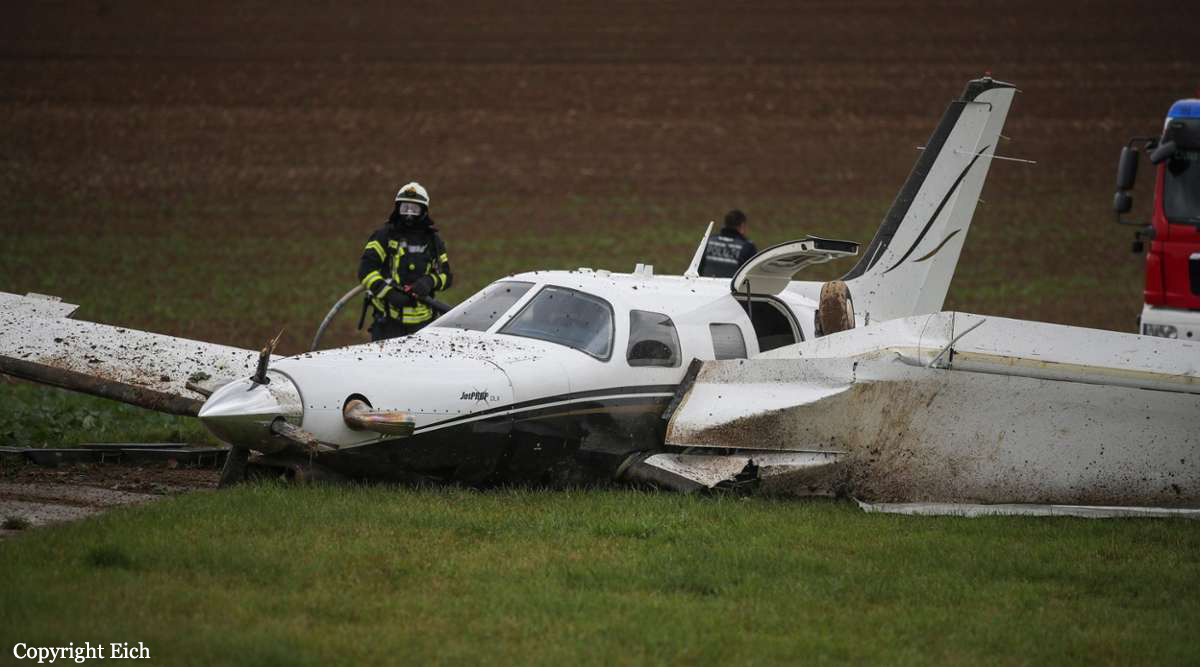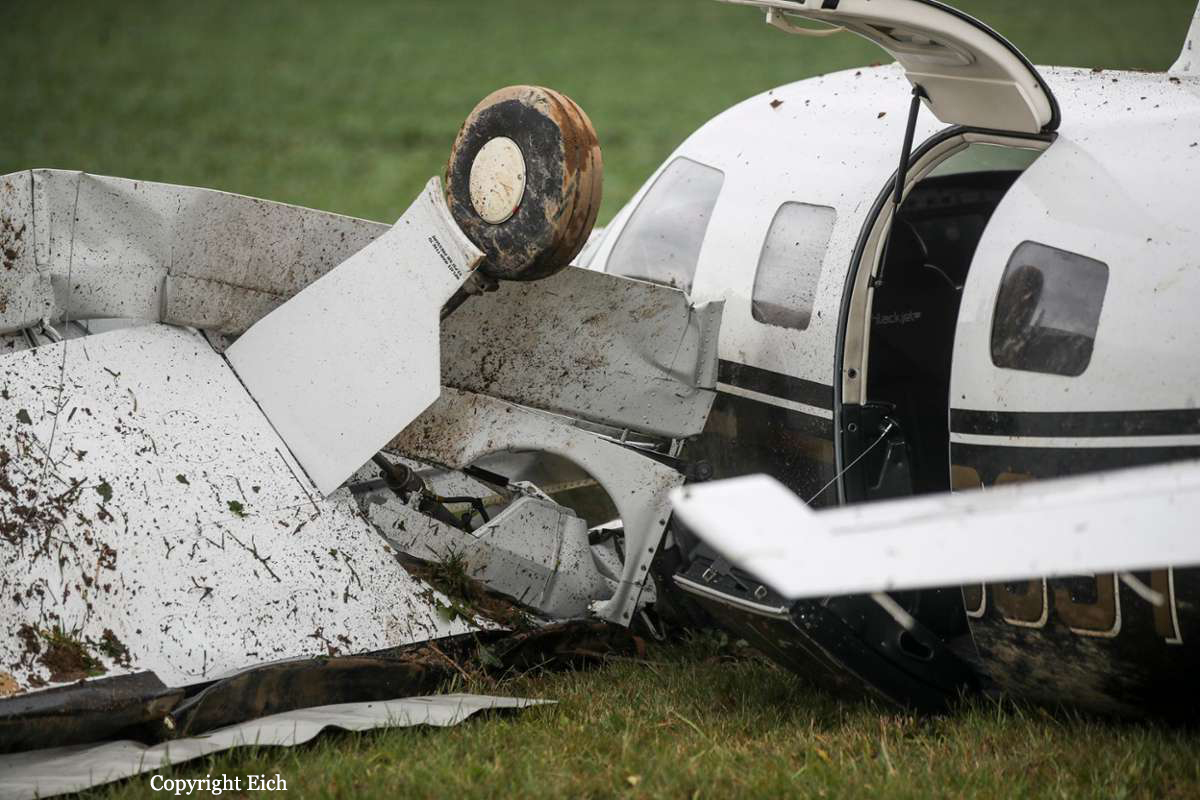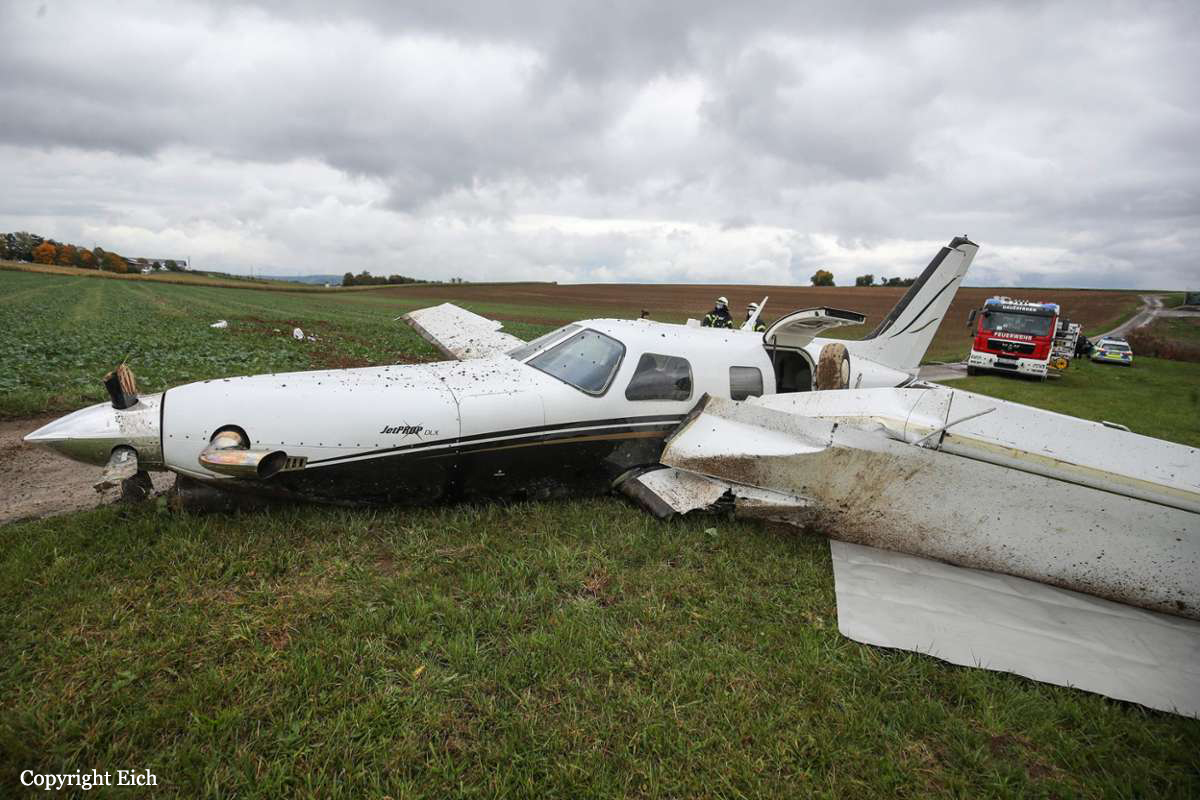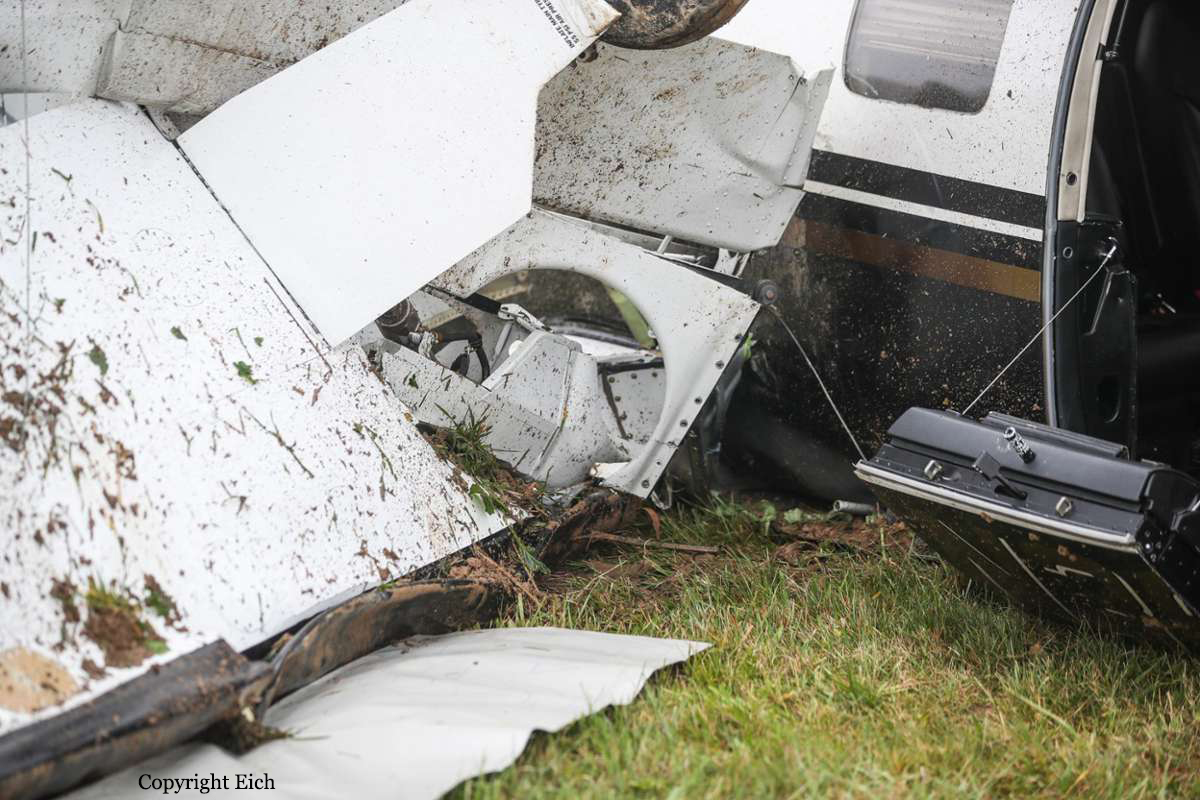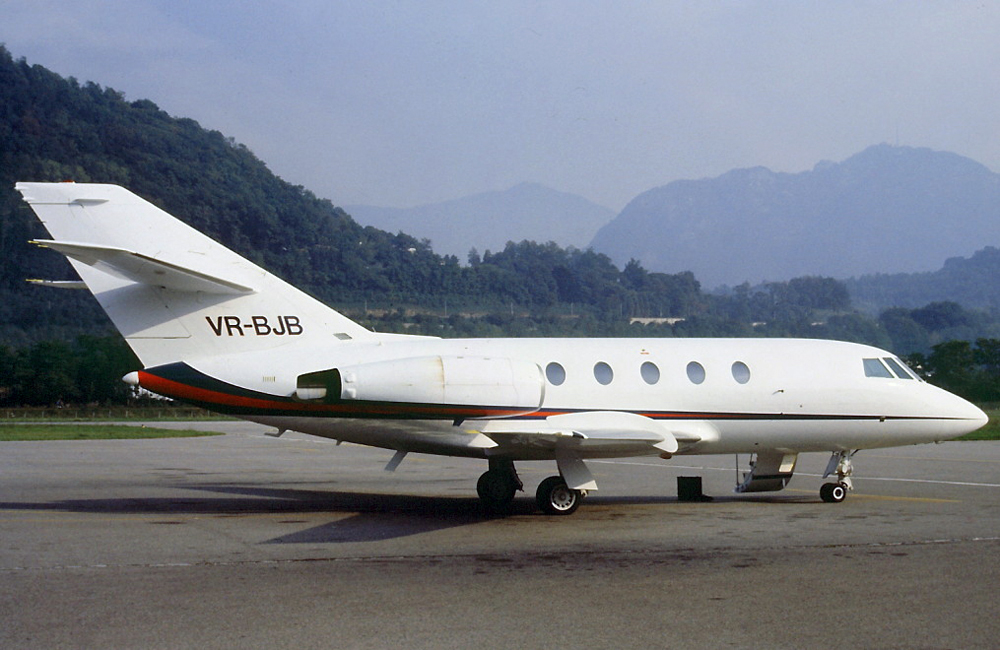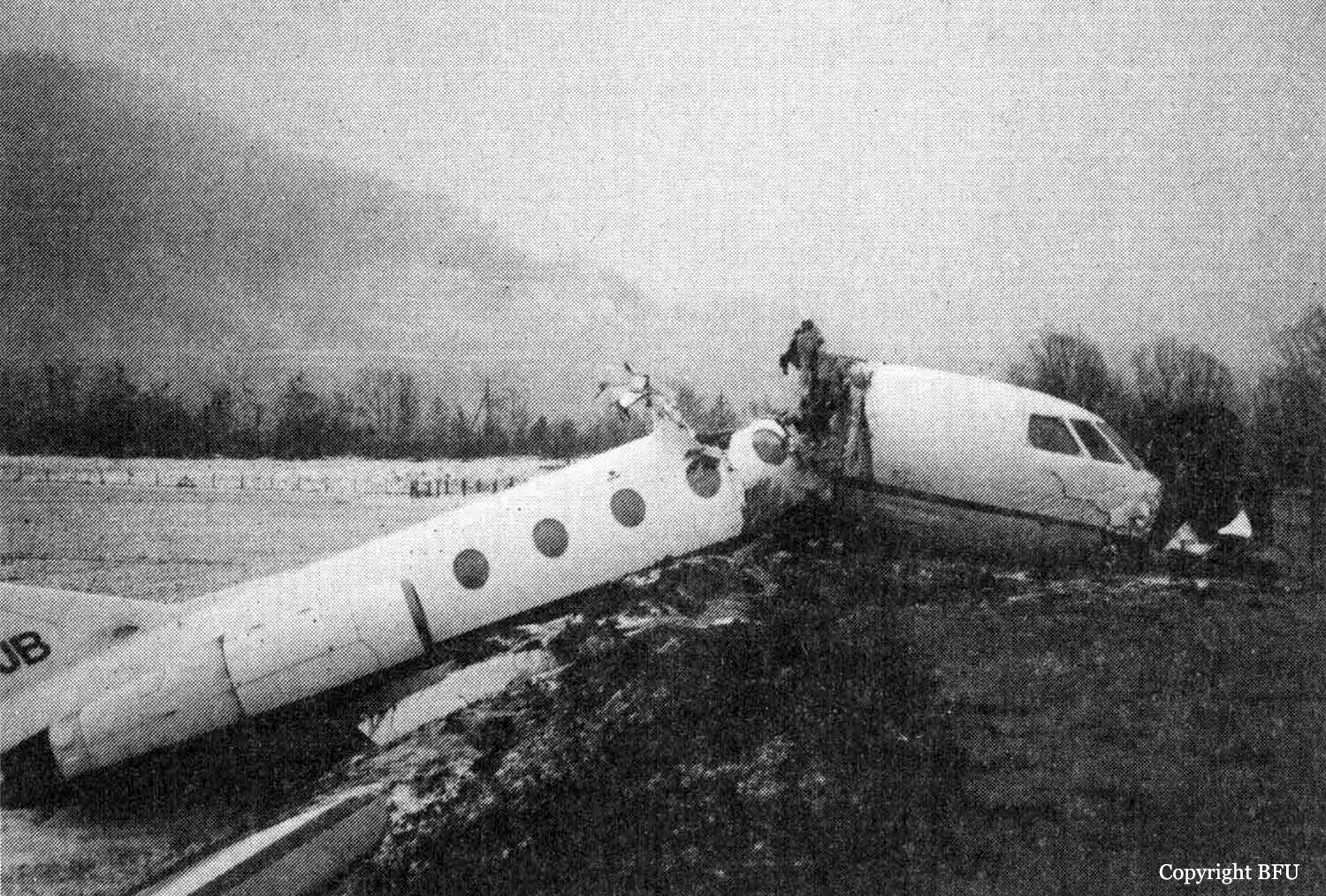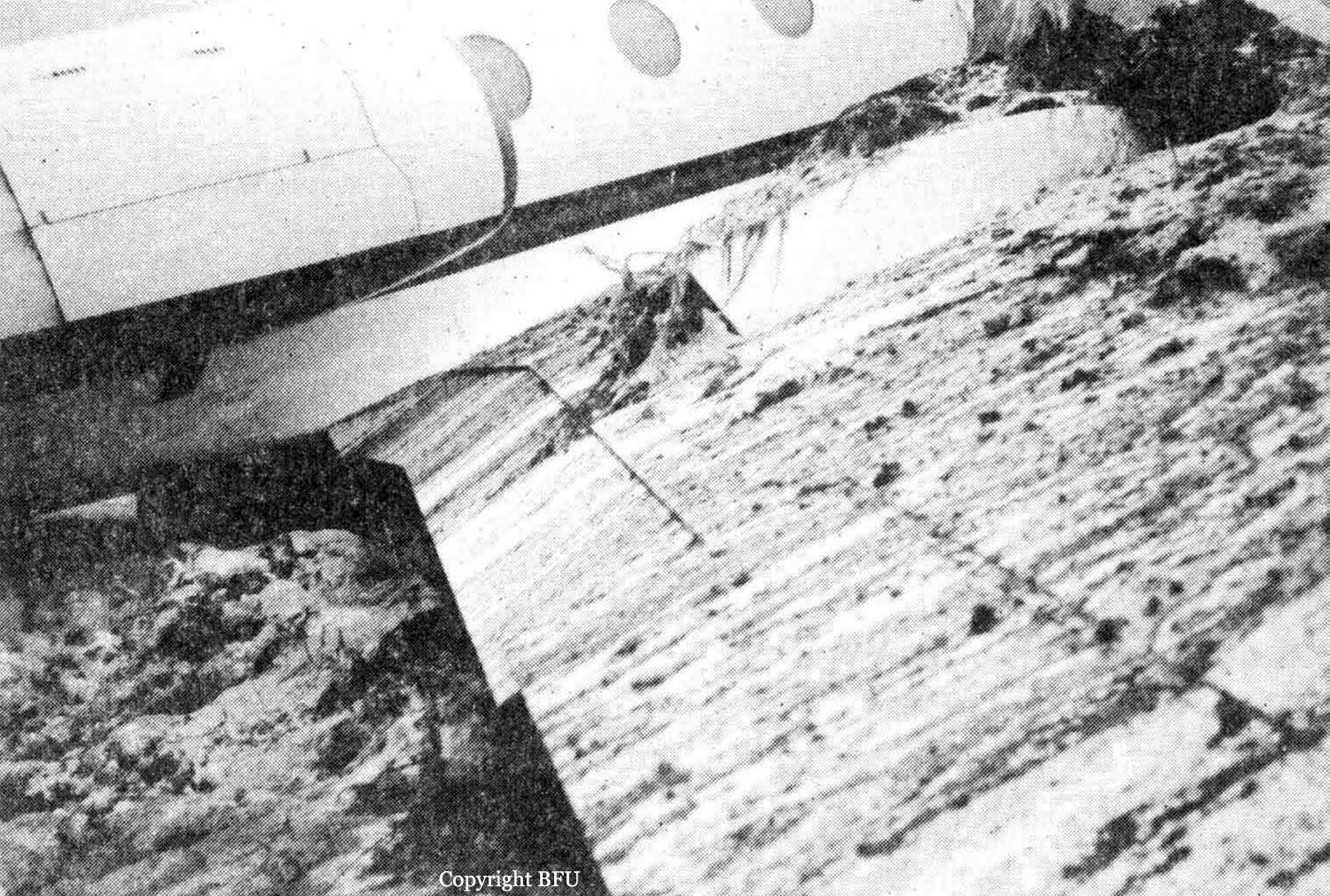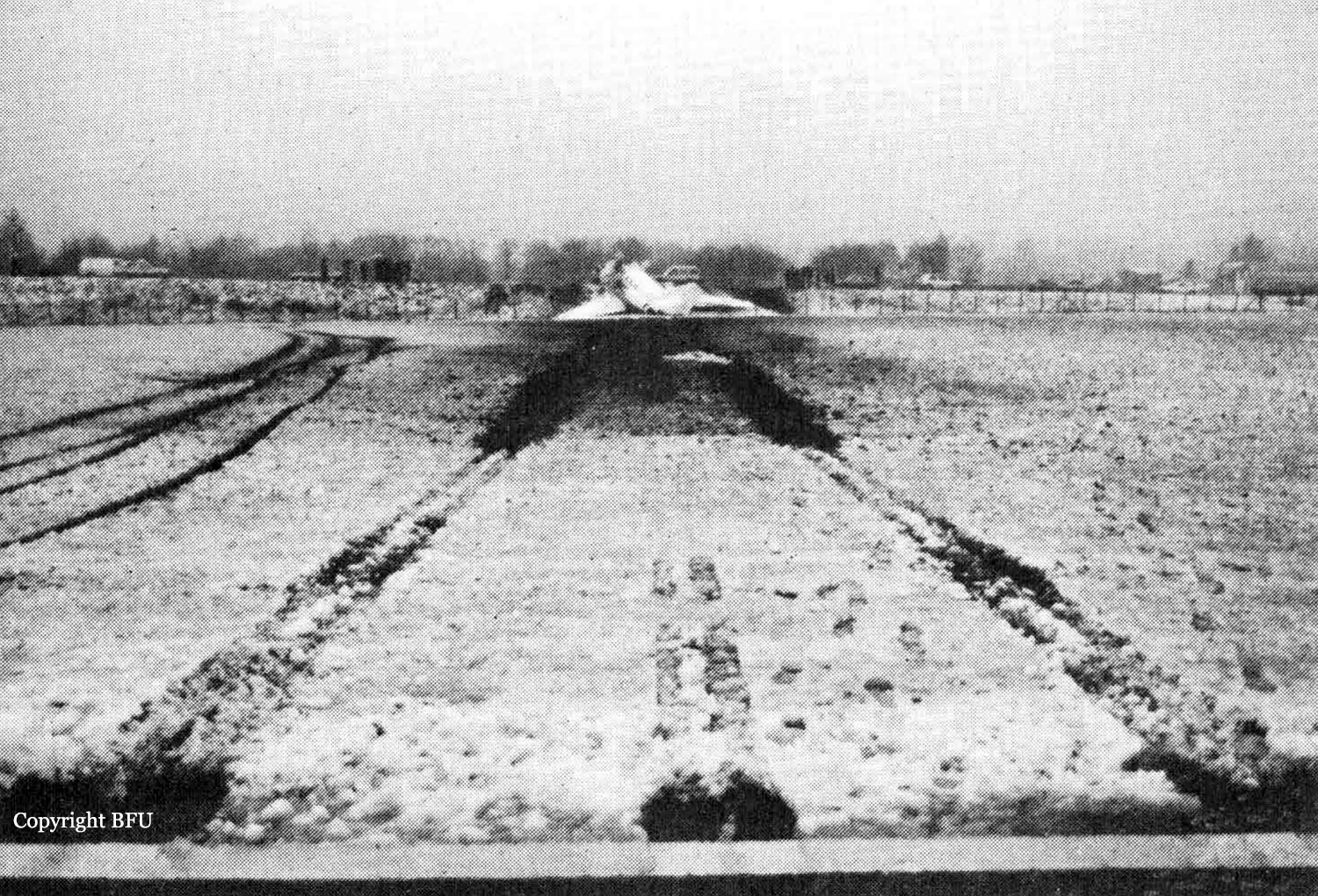Crash of a Piper PA-46-350P Malibu Mirage in Dauchingen
Date & Time:
Oct 10, 2020 at 1105 LT
Registration:
N369ST
Survivors:
Yes
Schedule:
Rottweil - Lugano
MSN:
46-36936
YOM:
2006
Crew on board:
1
Crew fatalities:
Pax on board:
1
Pax fatalities:
Other fatalities:
Total fatalities:
0
Captain / Total hours on type:
2000.00
Aircraft flight hours:
1894
Circumstances:
The single engine airplane departed Rottweil-Zepfenhan Airport at 1056LT on a private flight to Lugano, carrying one passenger and one pilot. While climbing at FL070 in IMC, the fuel filter bypass warning light illuminated in the cockpit panel, but it went out again shortly thereafter. Approximately one minute after this indicator illuminated, the engine lost power. The aircraft began to descend and the pilot attempted to restart the engine twice. He initially intended to fly back to Rottweil Airport. However, as neither this airport nor Donaueschingen-Villingen Airport could be reached at the current altitude, he decided to attempt an emergency landing in an open field. He considered Schwenningen Airport too dangerous due to the forest, the buildings and the short runway. The airplane landed gear down in a field located in Dauchingen, about 15 km southwest of Rottweil Airport. After touchdown, the airplane struck irregularities on the ground, causing the undercarriage to be torn off. The airplane came to rest on a path with its both wings partially sheared off. Both occupants escaped with minor injuries.
Probable cause:
Inspection of the fuel system revealed that the fuel filter was heavily clogged with a brown-black substance. When attempting to drain this filter before removing it, no liquid flowed out. Heavy contamination was also found in the sump tank. Only a small amount of fuel was found at the bottom of the sump tank.
Final Report:


